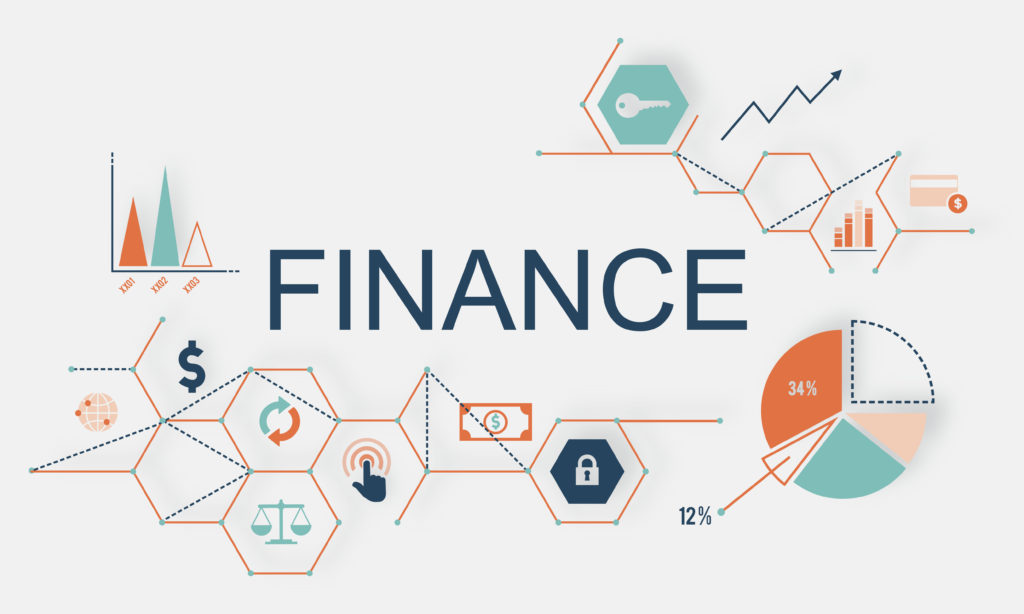Defining a generation is neither easy, nor universal. The millennial generation, the cohort at the helm of the workforce right now, is still difficult to outline. The millennial generation covers those born between 1982 and 1996. Today’s millennial will be the last generation to remember a time when India was a socialist state, when the choices of entertainment, brands, or professions were limited. Most millennials who are parents of Gen Z children today, also remember the time when Indians were modest and austere in their spending capability and aspirations, and were adept in keeping a tight control over their finances. The oldest millennial today is in her late thirties, while the youngest is in her mid-twenties; making up the bulk of the workforce today.
Experts opine that millennials are starkly different from any preceding generation such as the Gen X or the Baby Boomers in a number of qualities, aspirations, and behaviours. And since the millennials have heralded the digital era, and have championed it, and are therefore thorough digital natives, it is important for businesses in the BFSI (banking, financial services, and insurance) sector to understand this generation.
Why are millennials different, and how?
Millennials are also the prime earners, and therefore, the prime spenders today. Forbes has predicted that millennials are all set to become the richest generation in history, who will hold more than five times the wealth they have today, by 2030. Though the millennials were the worst hit during the Covid-19 pandemic, they are also the most resilient, and are most likely to get back up and running, once the economic slump recovers. That leads to the question of how different the spending habits of millennials are, when compared to preceding generations. And how has this shift affected the lending and financial services sector?
Interestingly, the millennial generation tends to take more debt than Baby Boomers, simply because of the easy access they get to private retail banking. In India, the liberalization, privatization, and globalization trend (LPG) led to reforms that started privatization of banks from 1993 onwards. This enabled better and faster access to credit, that millennials readily took advantage of.
The LPG reforms also gave millennials lower prices and better quality products—and more importantly, access to brands. The brand-name is more important to this generation, more so than any other. Since the uber-brand-conscious Gen Z, the children of millennials aren’t there yet in terms of spending power, it still comes down to millennials as the first targets for global brands. According to American multinational consumer credit reporting agency Equifax, 38 percent of personal loan borrowers and 32 percent of home loan switchers said loss in trust in their banking institution’s brand was the reason for their move.
Millennials and Credit
Millennials are also highly materialistic, and paradoxically, known to spend enthusiastically and even whimsically on experience-centred products such as vacation packages or tours, or even gadgets. Interestingly, both their preceding Boomers generation and the subsequent Gen Z young adults are not as spendthrifty. So, who do millennials pay up for these choices? Credit is a top choice, reports show. Easy access to credit, technological availability, and financial literacy have all made the millennial more open to seek credit to pay for their lifestyles. More than half of the millennials admitted that they plan to change their mobile device in the next six months. And naturally, a salary cycle is just not enough to sustain such whims and fancies.
While they are extravagant on one hand, millennials are also the most financially literate generation ever, capable of self-monitoring, as proved by a recent CIBIL study. The percentage of millennials who self-monitor grew by 58 percent between 2016 and 2018, making them the most credit-conscious segment. Unsecured loans consisting of credit cards, personal loans and consumer durable loans contribute to more than 70 percent of the millennials’ credit requirements.
The same report by CIBIL also says that 71 days is the average frequency within which millennials tend to repeat loans, while 73 percent of all applicants have been repeat users. As for loan size, 27 percent preferred small ticket loans under INR 10,000 while 55 percent were the source of a significant demand for larger credit.
Millennials and Digitalization
There is a clear shift in the banking habits of the current generation. Spending and lending is turning digital, and physical banking is becoming more redundant than ever before. The digital-native millennials have driven this shift. Millennials demonstrate the highest levels of FinTech adoption across the globe when it comes to loans. The FinTech companies of today are in a unique position to capitalize on the trend.
The needs of every generation are unique, and millennials are rightfully so. Successful companies in the BFSI industry are the ones that understand the unique needs and pain points faced by the connected, always-online generation of millennials, who prioritize convenience more than anything else. Are you on their mobile screens before they ask for it? should be question number one, and if unanswered, the final one at it.

